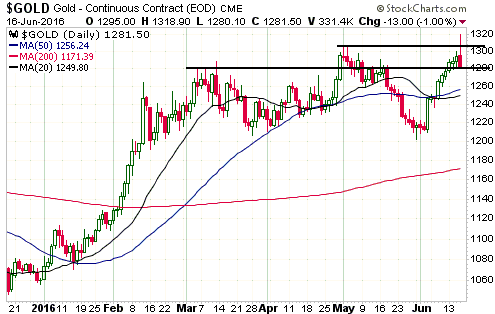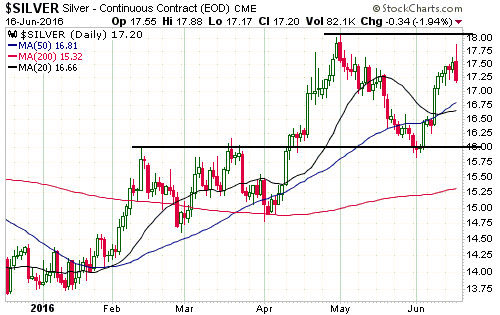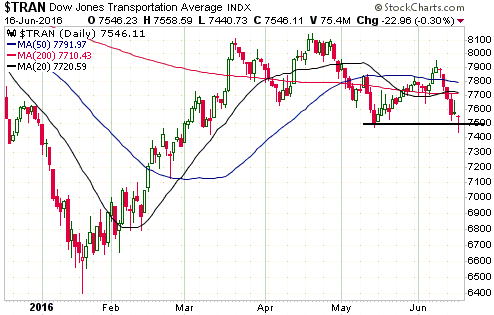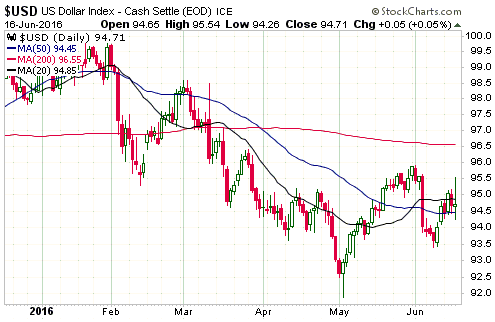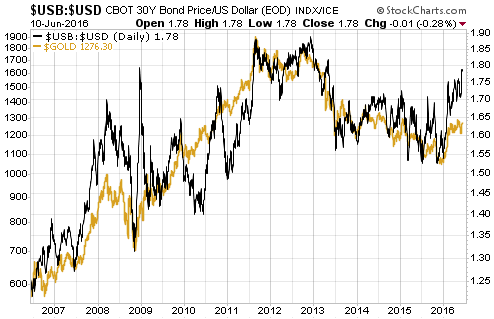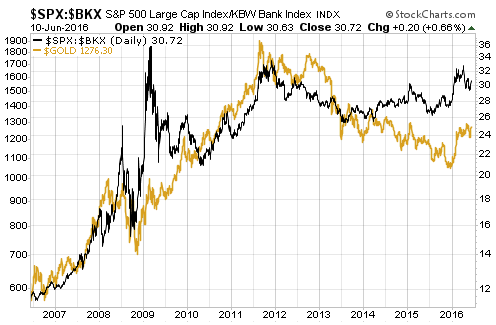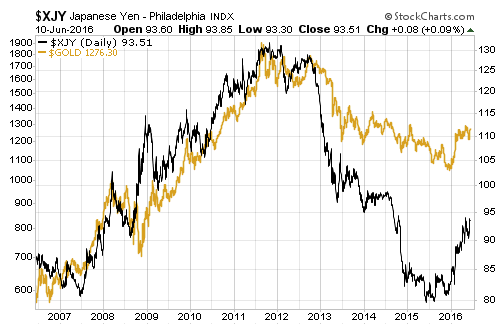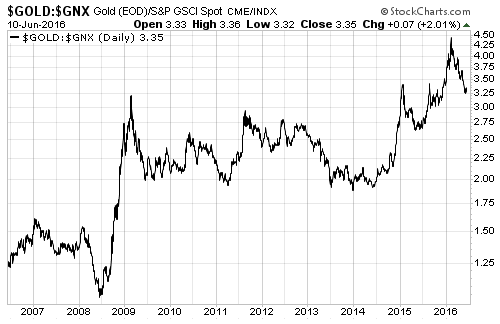[This post is a modified excerpt from a recent TSI commentary.]
A lot of good economic theory boils down to the acronym TANSTAAFL, which stands for “There Ain’t No Such Thing As A Free Lunch”. TANSTAAFL is an unavoidable law of economics, because everything must be paid for one way or another. Furthermore, attempts by policymakers to get around this law invariably result in a higher overall cost to the economy. Unfortunately, central bankers either don’t know about TANSTAAFL or are naive enough to believe that their manipulations can provide something for nothing. They seem to believe that the appropriate acronym is CBCCFLAW, which stands for “Central Banks Can Create Free Lunches At Will”.
ECB chief Mario Draghi is the leader in applying policies based on CBCCFLAW. Despite his economic stimulation measures having a record to date that is unblemished by success, he recently launched new attempts to conjure-up a free lunch.
I’m referring to two measures that were announced in March and have just started to be implemented, the first of which is the ECB’s corporate bond-buying program (starting this month the ECB will be monetising investment-grade corporate bonds in addition to government bonds). This program is designed to bring about a further reduction in interest rates, because, as we all know, if there’s one thing that’s holding Europe back it’s excessively high interest rates, where “excessively high” means above zero.
Unlike the situation in the US, very little corporate borrowing in Europe is done via the bond market. The ECB’s new corporate bond-buying program is therefore unlikely to provide even a short-term boost, but, not to worry, that’s where the ECB’s second measure comes into play.
The ECB’s second measure is a new round of a previously-tried program called the Targeted Long Term Refinancing Operation (TLTRO). Under the TLTRO program, commercial banks get encouraged — via a near-zero or negative interest rate — to borrow money from the ECB on the condition that the banks use the money to make new loans to the private sector.
The combination of the ECB’s two new measures is supposed to promote credit expansion and higher “inflation”. In other words, to the extent that the measures are successful they will result in more debt and a higher cost of living. In Draghi’s mind, this would be a positive outcome.
In the bizarre world occupied by the likes of Draghi, Yellen and Kuroda, the failure of an economy to strengthen in response to a policy designed to stimulate growth never, ever, means that the policy was wrong. It always means that not enough was done. It’s not so much that these central planners refuse to see the flaws in their policies, it’s that they cannot possibly see. They cannot possibly see because they are looking at the world through a Keynesian lens. Trying to understand how the economy works using Keynesian theory is like trying to understand the movements of the planets using the theory that everything revolves around the Earth.
So, the worse things get in response to counter-productive ‘economic stimulation’ policies, the more aggressively the same sorts of policies will be applied and the worse things will eventually get. This is what I’ve referred to as the Keynesian death spiral.
 Print This Post
Print This Post

